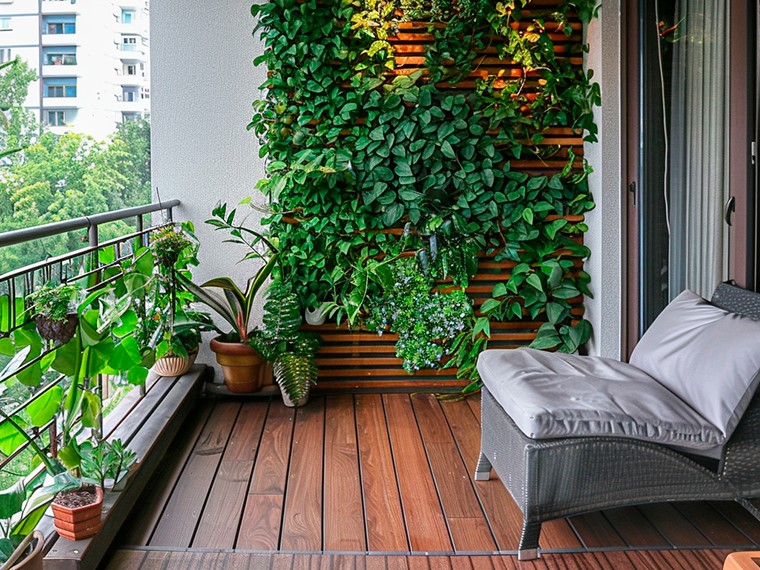Small Kitchens in "Khrushchyovkas" – It's Not Just About Saving Space

Small Kitchens in "Khrushchyovkas" – It's Not Just About Saving Space
"Khrushchyovkas" refer to the typical multi-apartment buildings constructed in the USSR during Nikita Khrushchev's era. These buildings were characterized by their low height (four to five stories), lack of elevators, rapid construction, and simple architecture. One of the distinctive features of "Khrushchyovkas" was their small kitchens. Today, we will explain why this was the case.
Although "Khrushchyovkas" are named after Khrushchev, their design was actually developed by the French architect Le Corbusier, known for his ideas of architectural modernism and functionalism. He believed that housing should be functional and compact. Le Corbusier thought that kitchens did not need to be large, as most meals were consumed outside the home.
Soviet Union Ideology
During Khrushchev's era in the USSR, communal dining was very popular. Almost every enterprise had cafeterias where people would have lunch and buy food for dinner. This practice helped strengthen the sense of community and saved time on home cooking.
Space and Resource Efficiency
The main goal of "Khrushchyovkas" was to provide housing for the maximum number of people with minimal costs. Small kitchens allowed for savings on materials and construction time. Despite the inconveniences, residents of "Khrushchyovkas" were satisfied with this housing, as most Soviet people had previously lived in communal apartments without private space.

